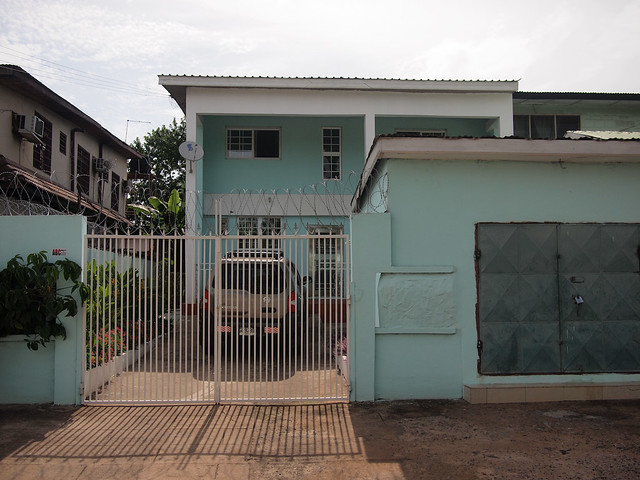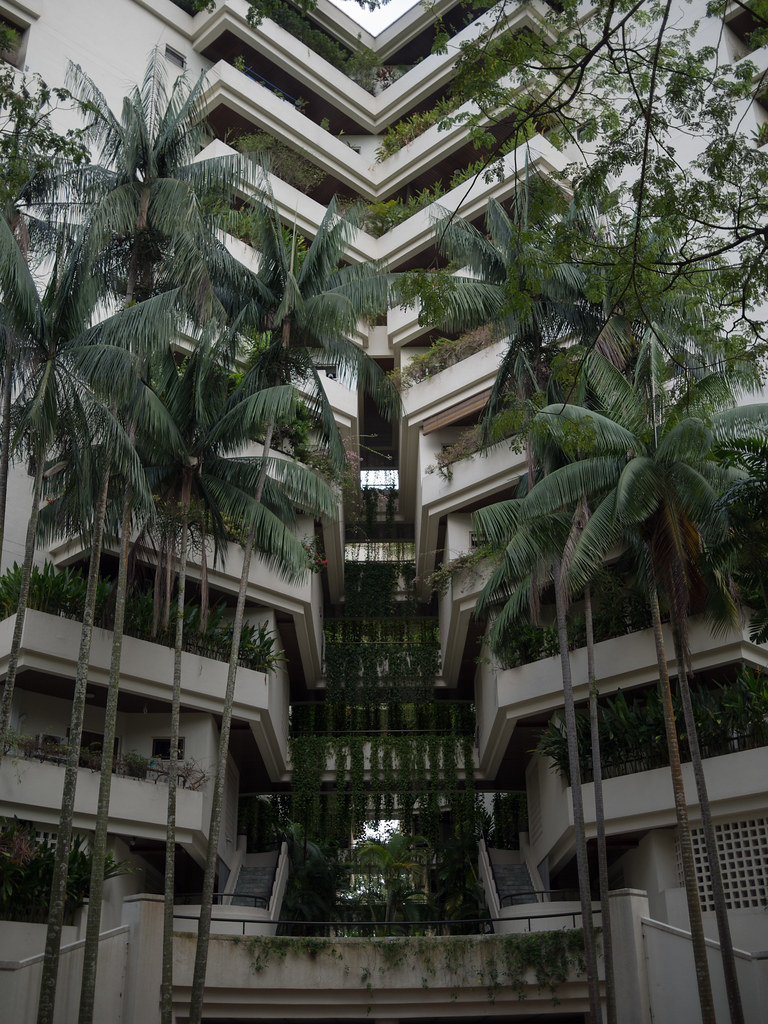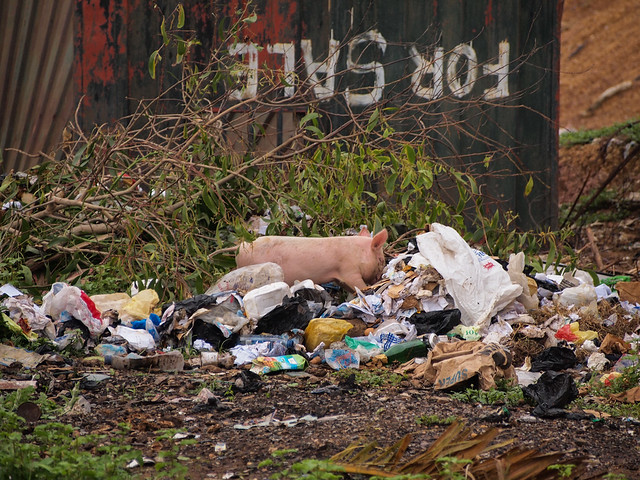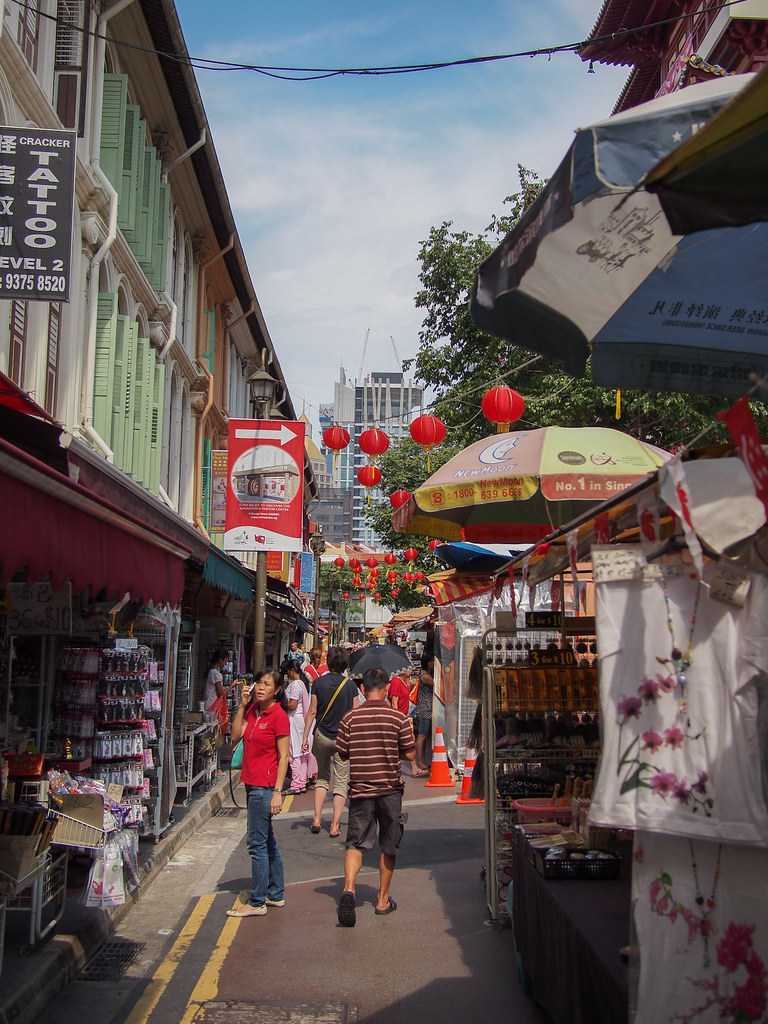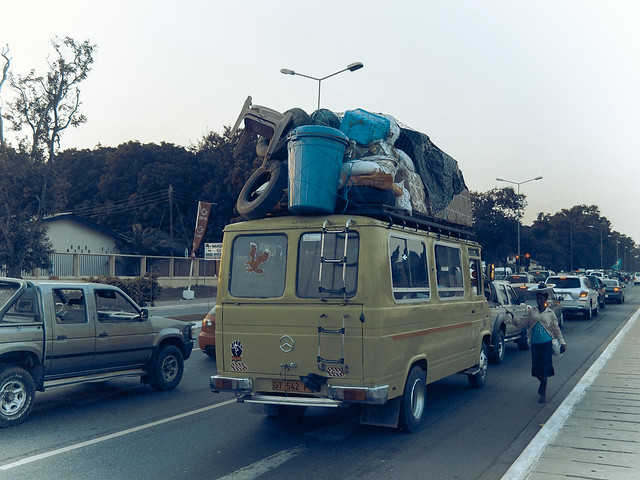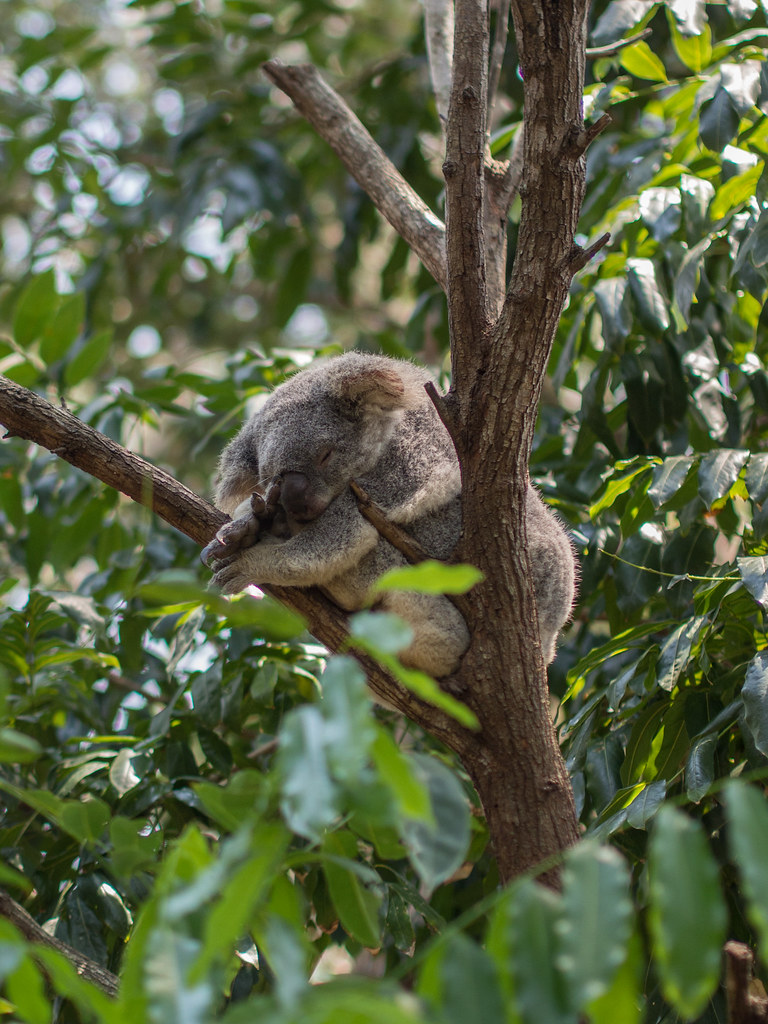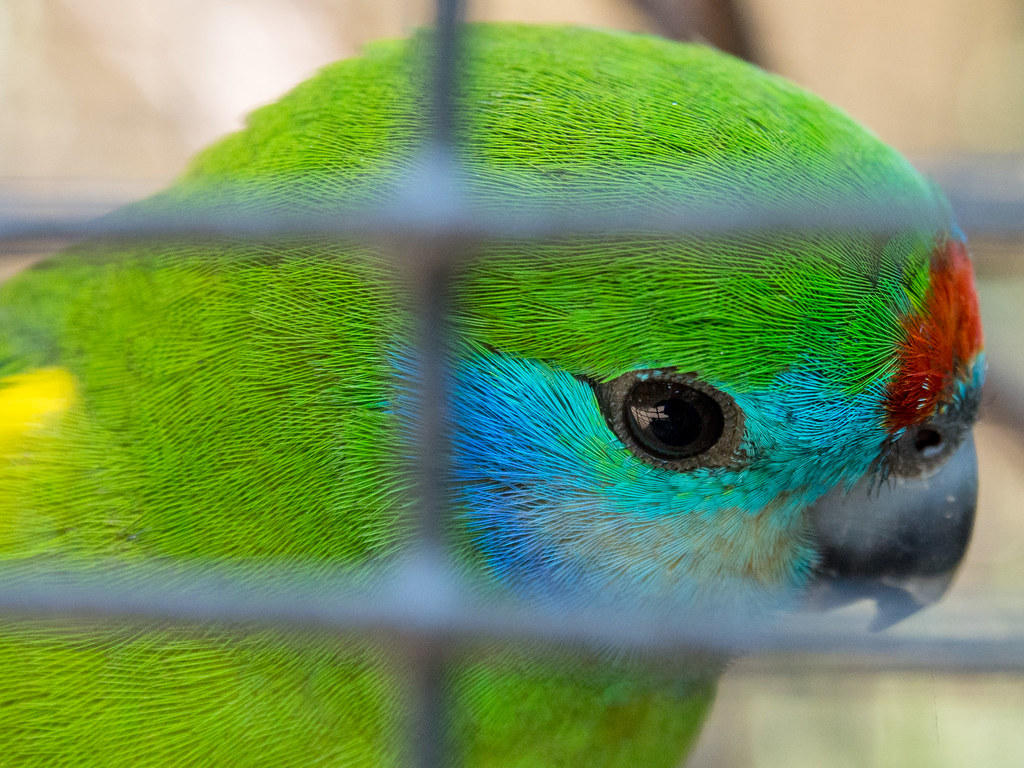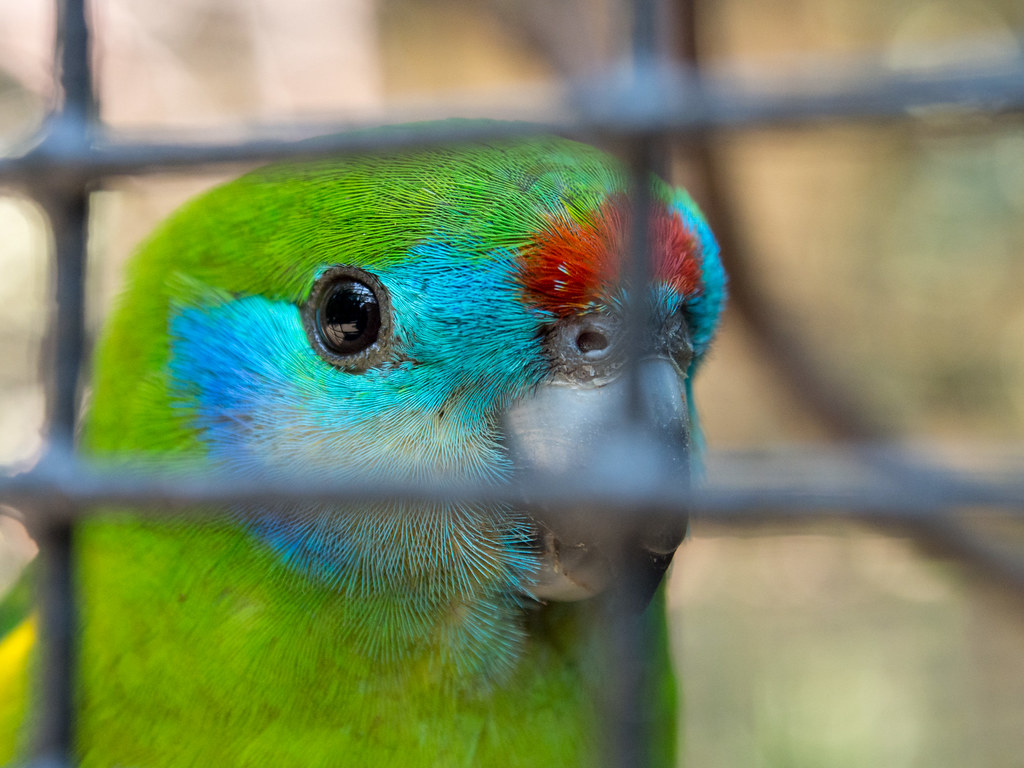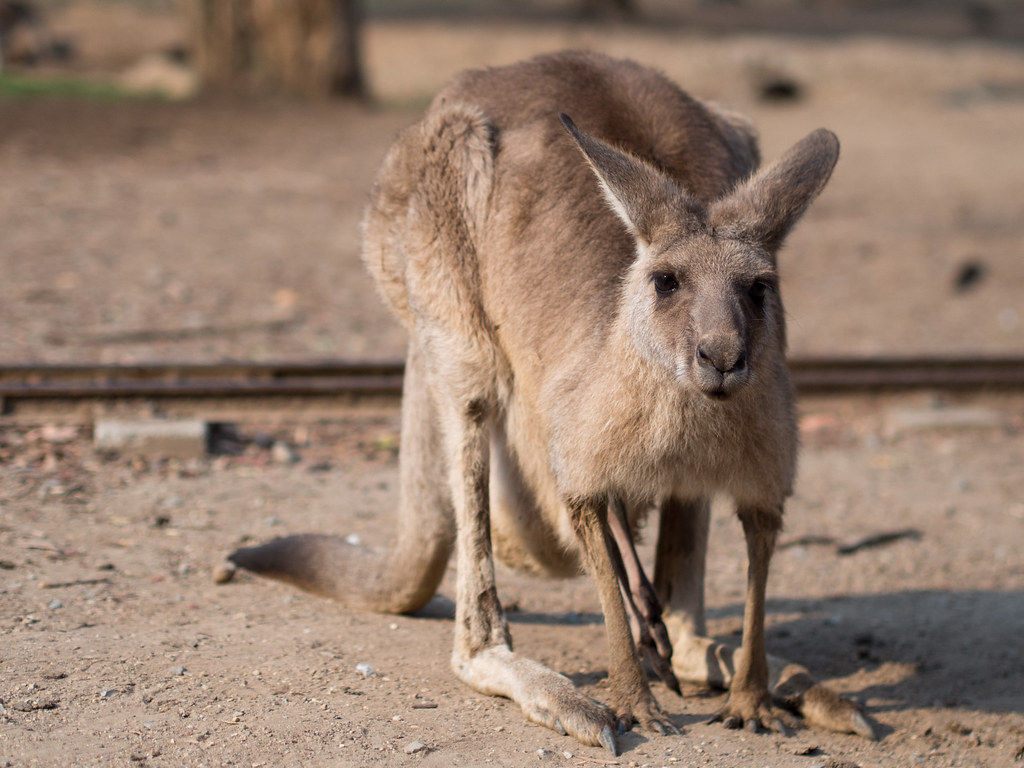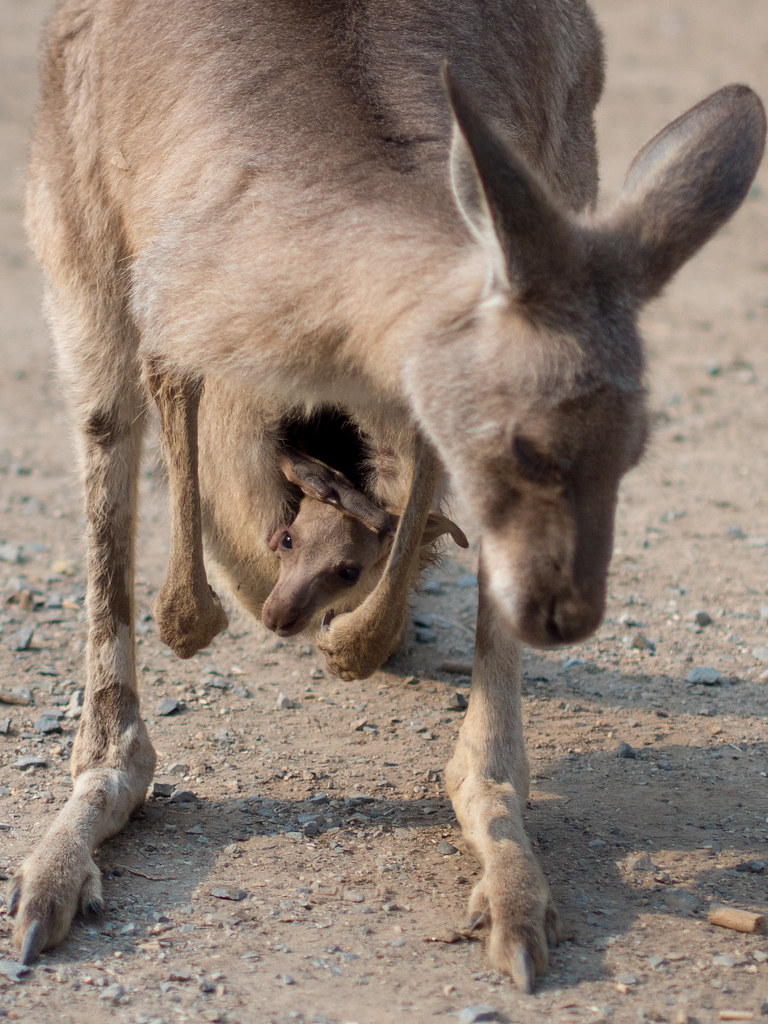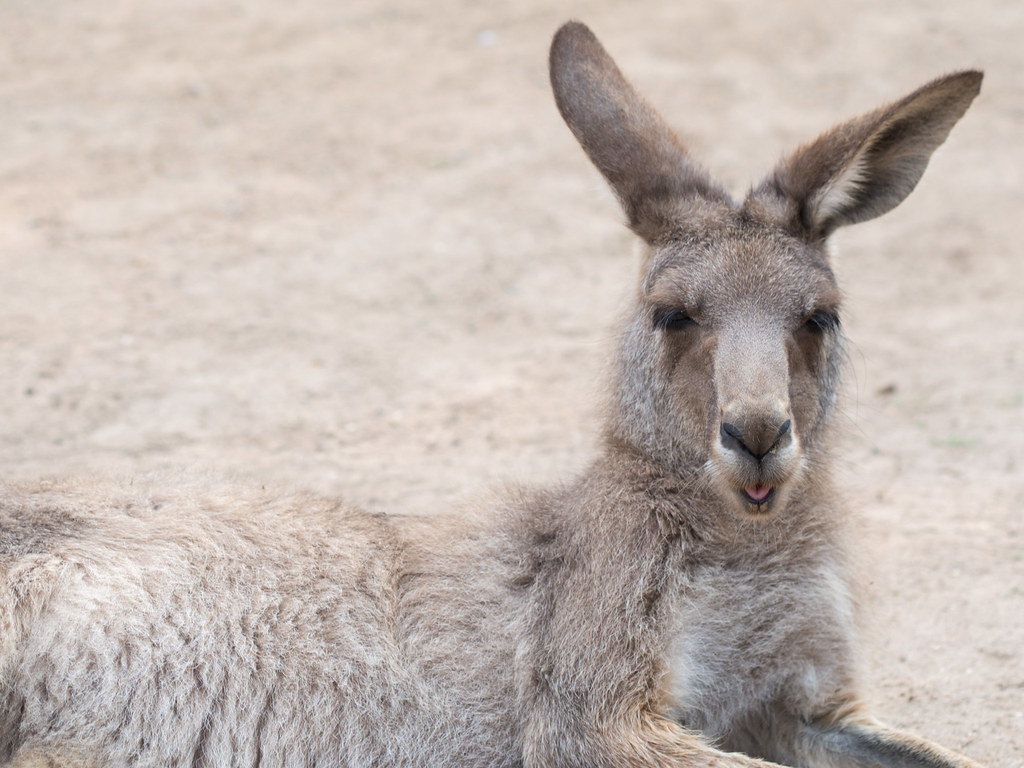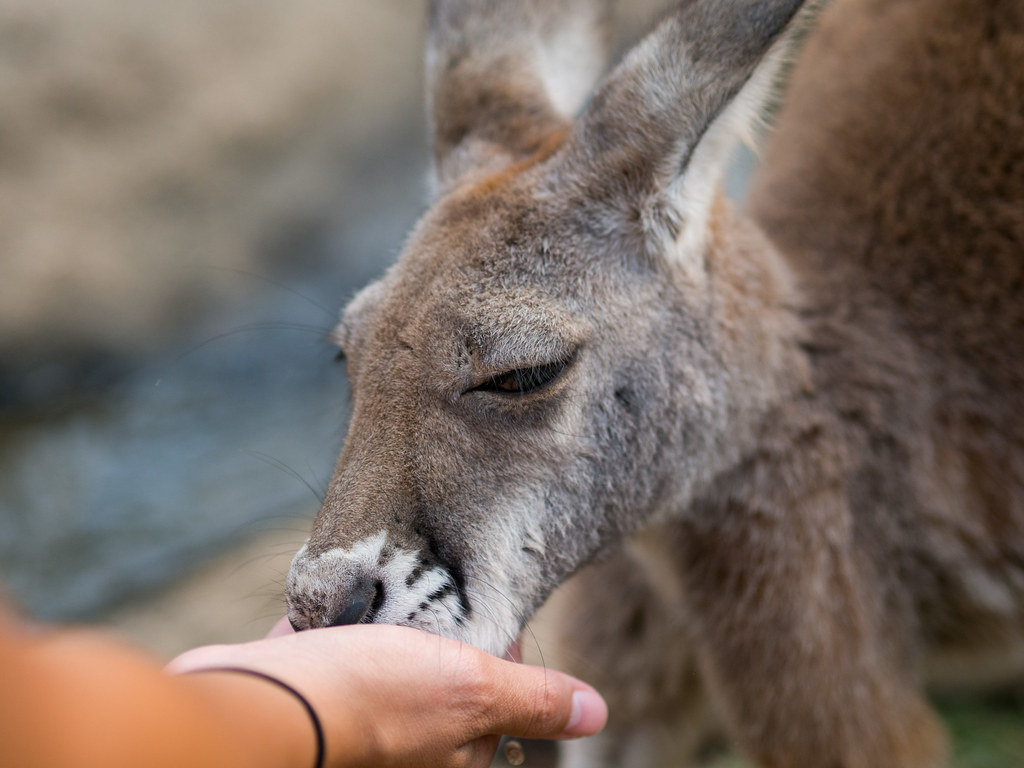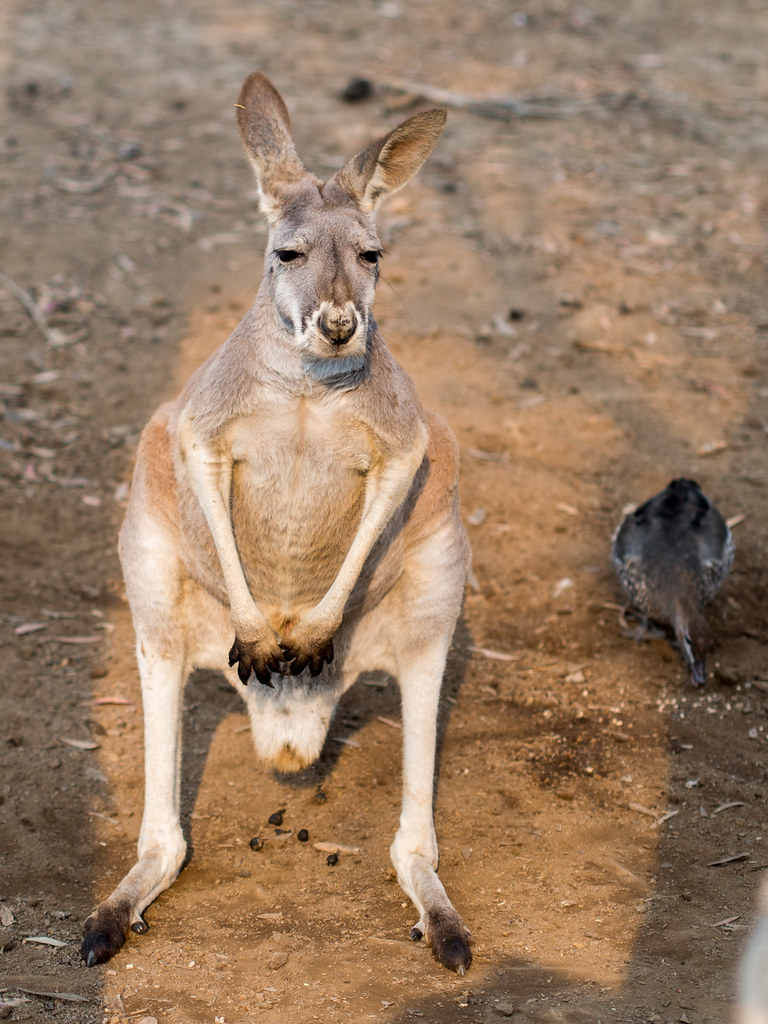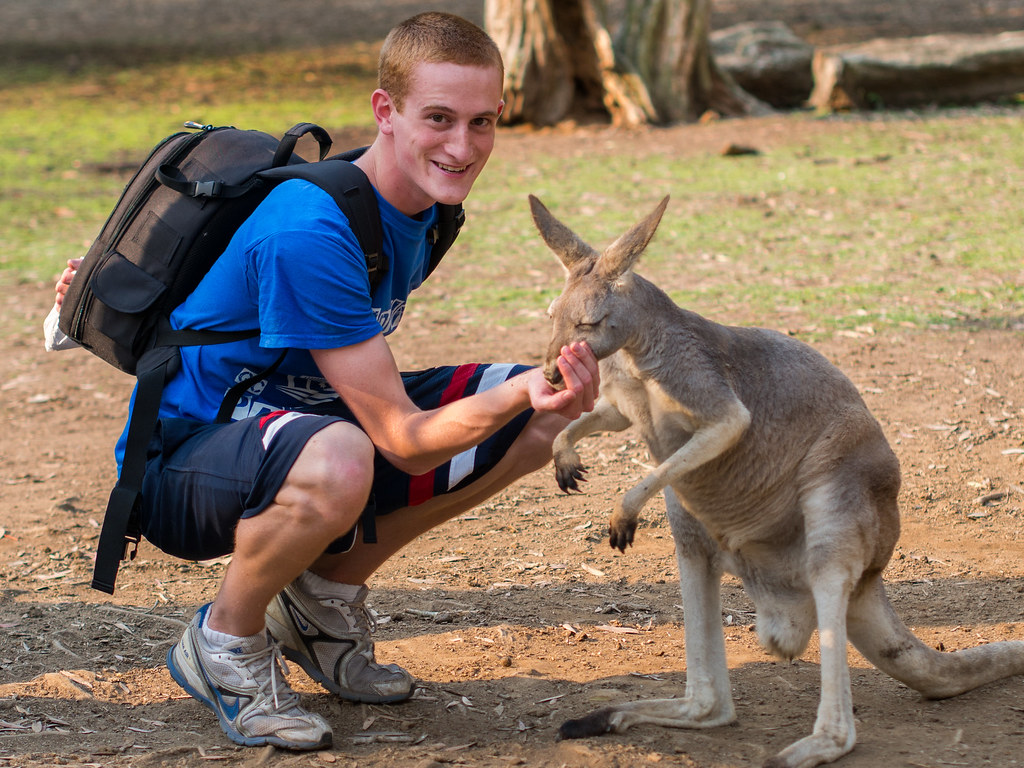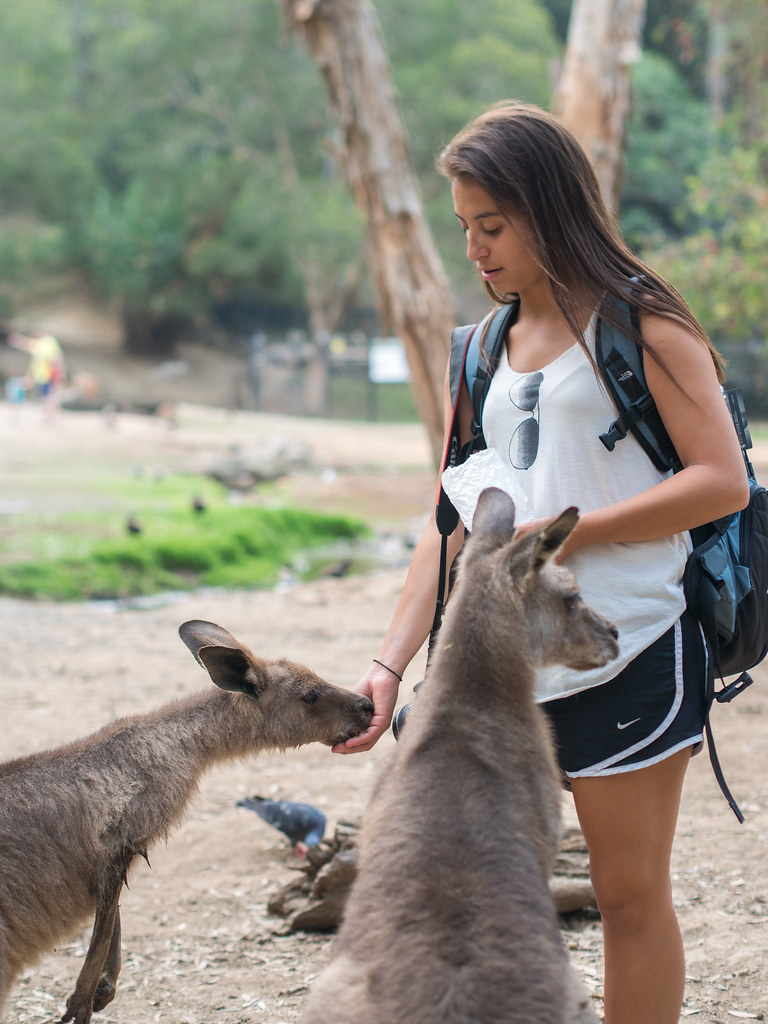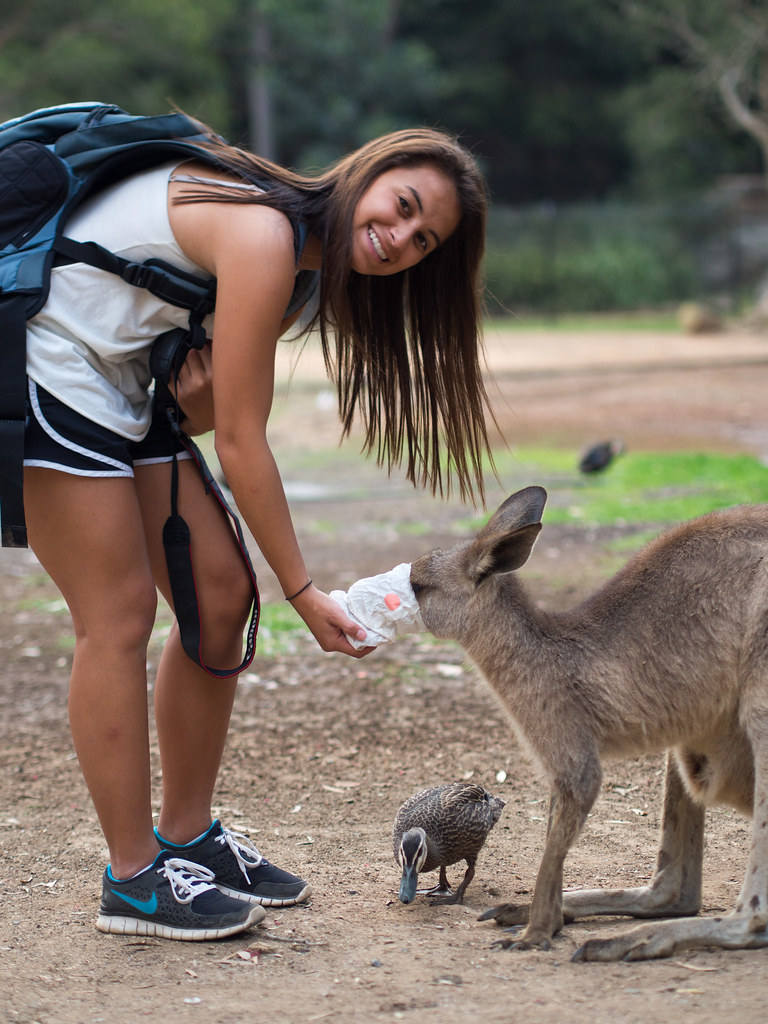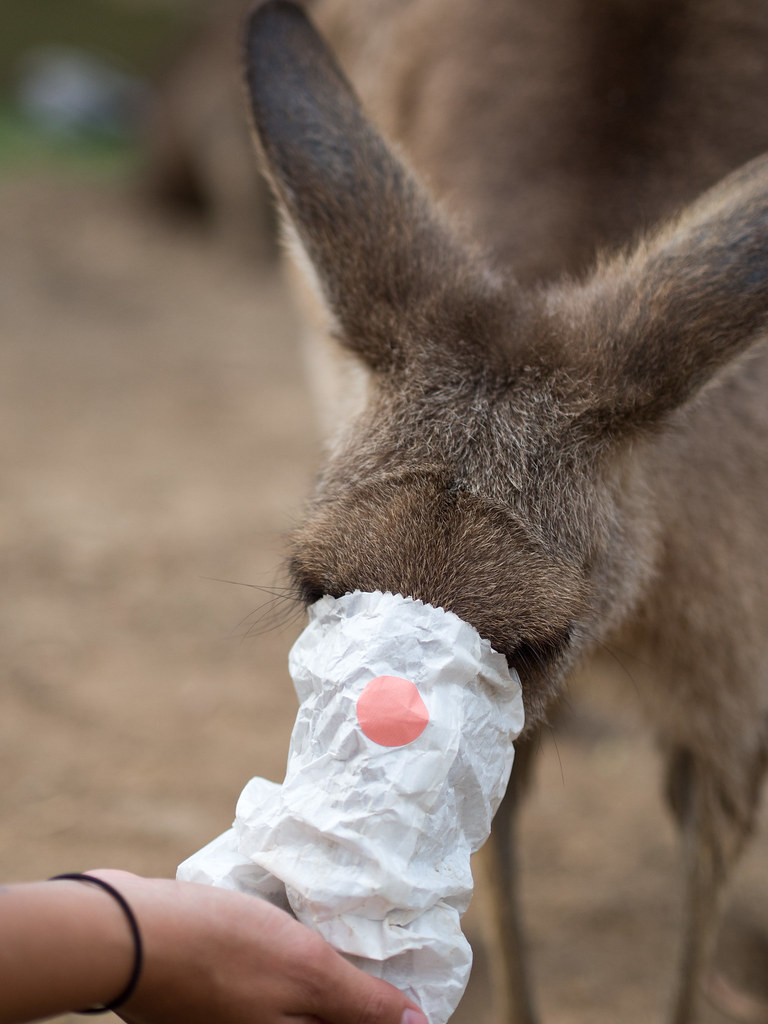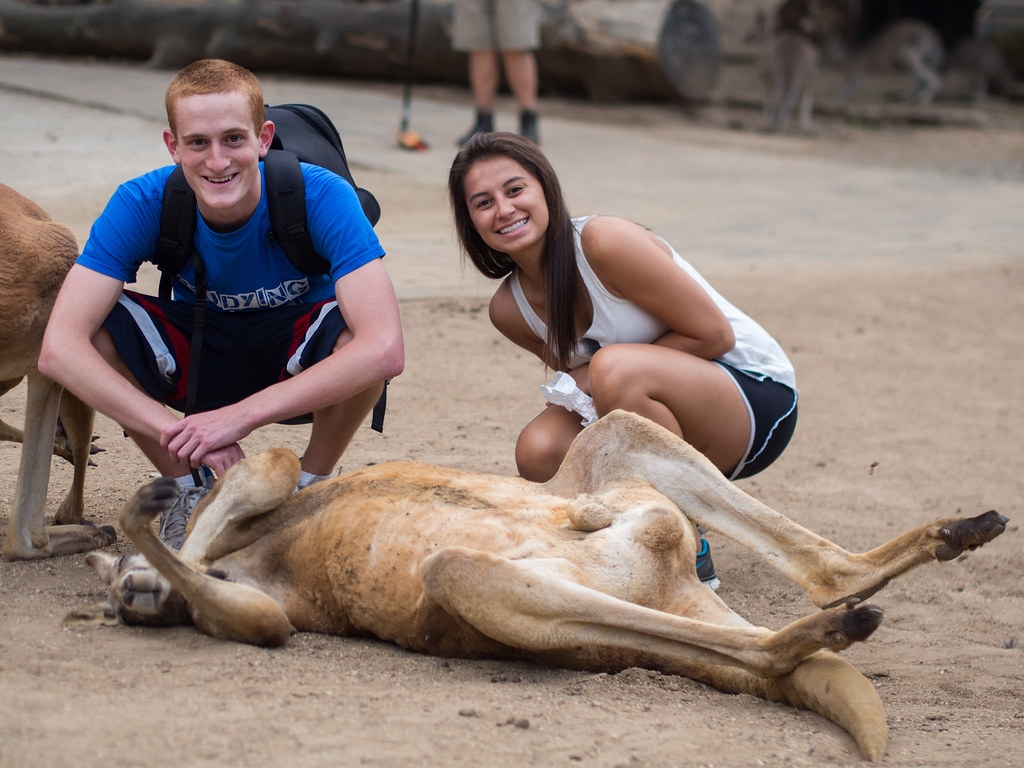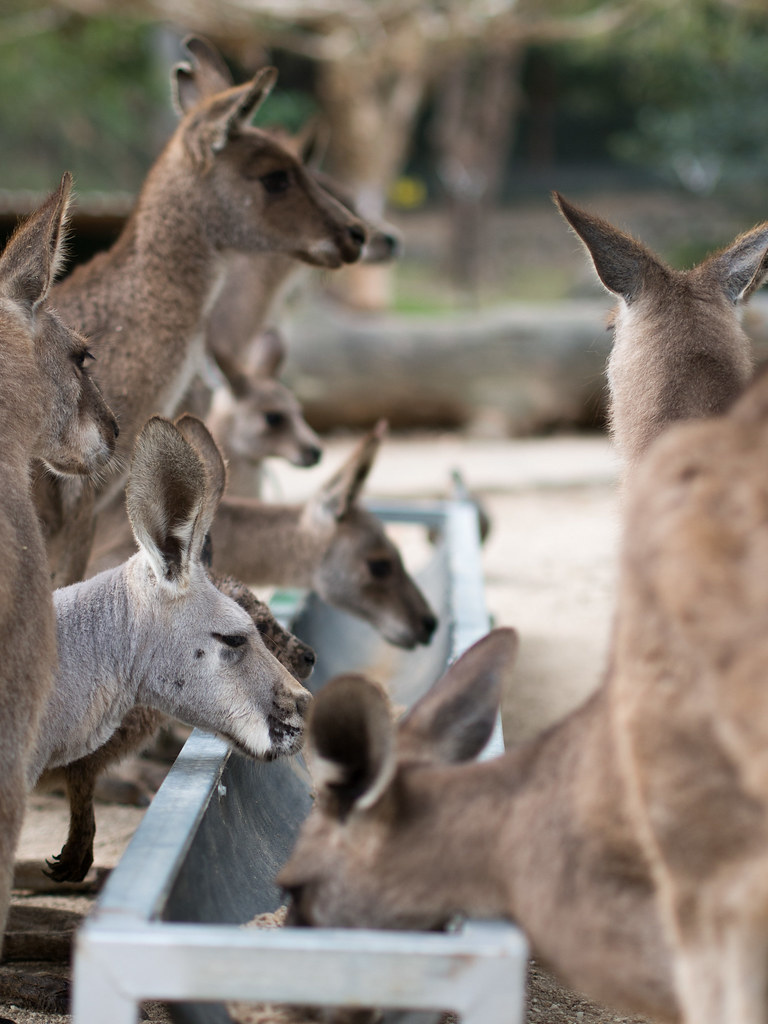As I sit here reflecting on my time spent in each of these countries, it's difficult to find a starting point. These are countries unified in their status as tourist hotspots (particularly amongst Europeans - we Americans have the Caribbean to enjoy in our hemisphere) and places to escape to paradise, but entirely different in so many other ways.
This post will follow a method of comparison similar to that of my last post, as I humbly believe it proved effective. That in mind, there are three key areas I intend to compare:
- Attitude towards Americans
- Quality of service
- Cost of visiting
1. Attitude towards Americans
I'd like to start my post by acknowledging that my writing is based largely on personal experiences and the personal observations made by others. My interactions with locals in both Thailand and Australia were mostly positive, with the former edging much closer to exclusively positive experiences than the latter.
Thailand
I speak with certainty when I say that, as an American and foreigner, I felt more welcomed in Thailand than I have anywhere else in the world. There is something so uniquely wonderful about the Thai people in that the fine line between seeing dollars signs above tourists' heads (read: Ghana) and treating others as nothing more than an obstacle (read: New York City) is walked so perfectly. While my experiences around the world have left me with the realization that I, as a white American, will always stand out as a business target in less wealthy countries, I never felt this dictated the interactions I had with locals in Thailand.
I take this stance optimistically, with the more pessimistic conclusion being that Thai people are simply better actors than I encountered anywhere else and that ultimately, their goal was nothing more than to get into my wallet. Well, if there's a Thai man laughing somewhere because he charged me three times the normal rate for his Nutella pancakes, props to him, I genuinely felt that he took an interest in my persona and my reasons for visiting his country.
These are actually taxi drivers, very happy ones it seems. The yellow vests indicate that they drive these motorcycles.
|
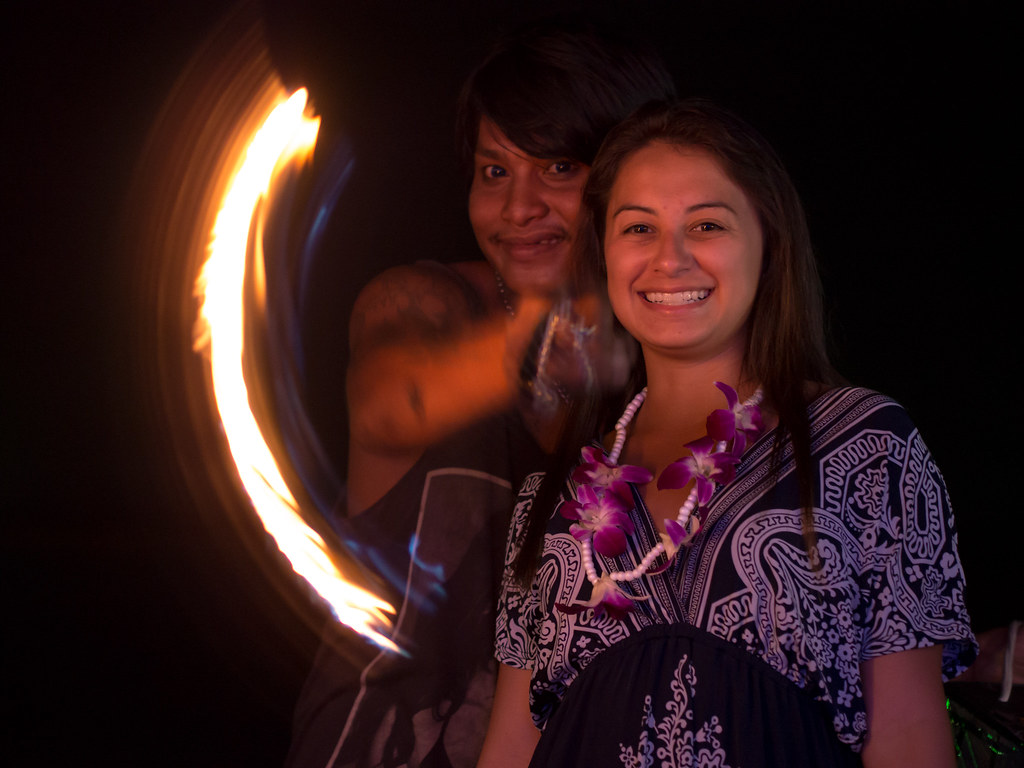 |
| See? Clearly he's friendly. That flaming torch he whirled so close to my girlfriend Melissa's face could have caused some serious damage if he wanted it to. |
My experience as an American in Australia was very much a mixed bag. It is here that I feel it's most important to remind the reader that my writing is based on personal experiences, not fact. Why do I reiterate this? Well, I believe that like America, Australia has significant diversity in the attitudes of its people depending on where one is. I also believe that Gold Coast, where Bond University (my study abroad program) is situated, is among the least welcoming places in the country. I hold this stance based on discussions I had with numerous Australians who I studied with at Bond. Gold Coast and its surrounding areas embody the "paradise" that tourists traveling to Australia seek. The result of this is an often overwhelming number of tourists, many of whom travel to the Gold Coast for the party scene. Understandably, local Australians quickly become fed up with the drunken revelry of rowdy Americans and as a result, draw generalizations about Americans as a whole. I felt these negative generalizations being directed at me on occasion but in general still felt that most people in the area were eager to introduce themselves to me, hear my accent, and learn my story.
And, as I ventured inland and away from the coast and its booming tourism industry, I found some of the warmest, most welcoming people I've ever encountered. Australia's inland territory is largely farmland, and I had the chance to stay with a family on their farm for a week. I can not speak highly enough of these people and am comfortable drawing an overwhelmingly positive generalization about Australians who do not spend each and every day dealing with often obnoxious American tourists.
2. Quality of Service
The inclusion of "quality of service" as a major talking point for a comparative reflection may at first seem strange, but rest assured I included this point for good reason. This has to be the most area of the most glaring contrast between Thailand and Australia, and an easy example to elaborate on this point can be found in the service at restaurants and bars. Let me start by saying that I feel, in general, service in America is excellent, if a bit forced at times. Tip-reliant waiters and bartenders are sure to be pleasant to customers in an effort to earn a healthy living.
Thailand
Thai people do not generally receive tips from other Thai people. One might say there is no underlying expectation of a tip in Thailand, then, though this would likely ignore the undeniable expectation of Thai people that they will receive a tip from a Western tourist in exchange for good service. That being said, the story here is the size of the tip. When I visited Thailand I learned that a "good" tip is often less than 10%, with a few extra dollars (converted from Thai Baht) being more than sufficient to bring a huge smile to the server's face. Similar to my the way I felt welcomed as an American, I never felt as though my server was simply acting in an effort to earn extra money. Rather, I had the impression that the server was genuinely interested in making me happy. Again, a cynic might call it good acting, but I refuse to.
 |
| Rather extravagant services such as monkey photo ops do require a bit of a monetary contribution. |
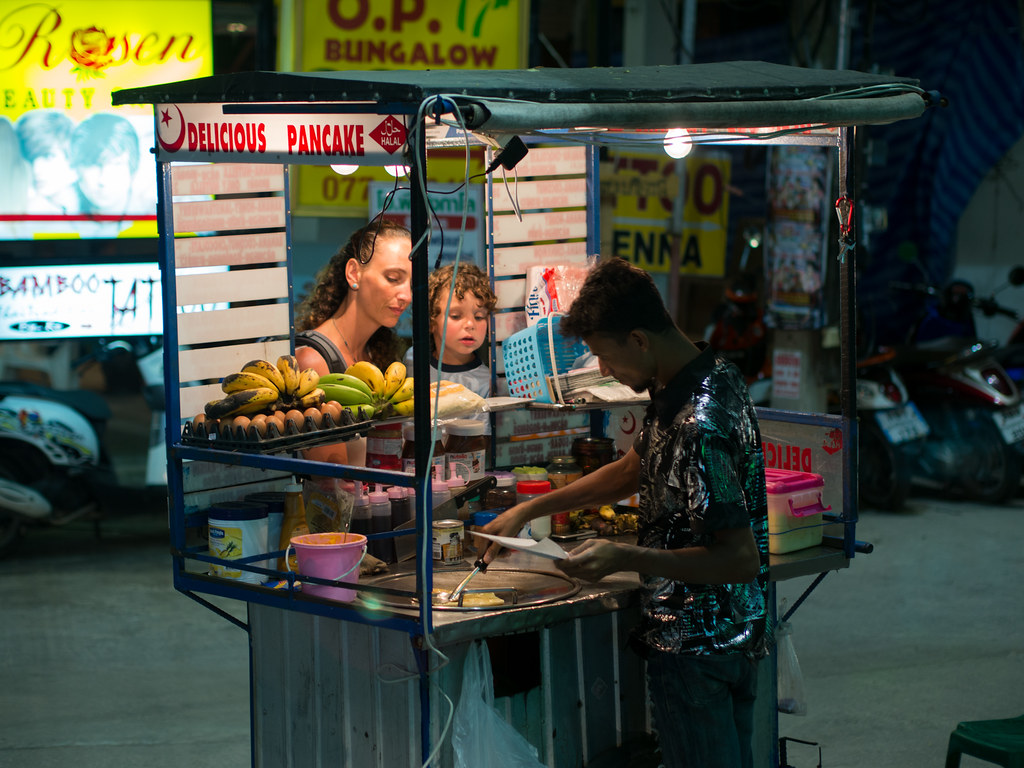 |
| Shortly after this photo was taken, I bought a phenomenal Banana Nutella pancake from this man. We chatted for more than a few minutes and not once did money come up. |
Service in Australian restaurants is awful certainly nowhere near as good as it is in America (or Thailand). Such a statement violates every rule of cultural development and exploration with its blanketed, overwhelmingly negative nature, but I'll be damned if it isn't close to the truth. I am willing to at least take one step back. I admittedly couldn't afford to dine in high end establishments very often in Australia because everything is so damn expensive (more on that later), and this may have somewhat contributed to the poor service quality I so often experienced. But, even when I spent $15 or more for a meal (which was most of the time if I was sitting down to eat), I felt as though I was nothing more than a burden to the server. The waitress would come by and give us menus, often without saying a word, and then carry on for any number of minutes as if we didn't exist. If we were lucky, he or she might come by once during the meal to refill our water.
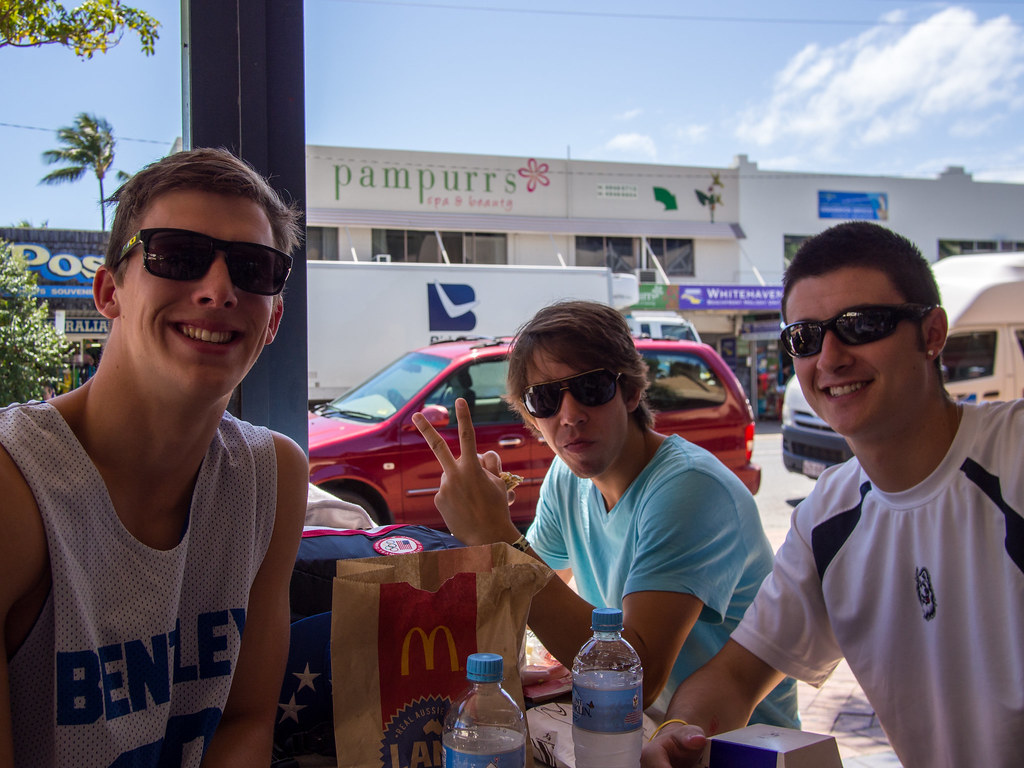 |
| McDonald's may be self-service, but in Australia, it's not as if one is sacrificing a wonderful dining experience. |
Australians do not receive any tips. Offering a server a tip is really a bit of an insult, and when I did make the mistake of doing so, the money I offered was rejected. I suppose this is nice in the sense that I knew how much I was going to spend going into the meal, but there is one glaring problem with this model. Servers have absolutely no incentive to provide great service. A waiter could spend thirty minutes writing down my customized order, insisting that the chef accommodate my every last wish, or that same waiter could give a simple "No" response to all of my requests - they're going to be paid the same in each case, so why bother with the extra effort? Writing this is a bit unnerving as I really do love Australian hospitality when it is present (and really it is most of the time), but the difference in general service quality between Thailand and Australia (as is the comparison here) is night and day. Australian restaurant owners, please find some way of incentivizing quality service!
3. Cost of Visiting
Thailand isn't necessarily cheap, but when compared to Australia, it certainly appears that way. Ridiculous currency fluctuation over the past few years and an inordinately high standard of living has rendered Australia and its major cities as some of the world's most expensive places to live. When one considers the relative weakness of the American dollar, things become even harder to manage.
Thailand
There are some wonderfully inexpensive pleasantries in Thailand. The most iconic of these would have to be the massage. Intense competition for massage business has driven the price of a 30 minute massage down to a few dollars which, when compared to the $60+ one could spend for the same service here, is an incredible bargain. Food is also extremely cheap, as is alcohol, thanks in some part to the aforementioned lack of significant tipping. Further, anything that the locals partake in is going to cheap as well. For example, public transportation or even taxis are inexpensive because locals wouldn't be afford to the same prices that we are accustomed to paying in the US.
Where things stray from their typically cheap tendencies is in activities that are particularly touristy in nature. Thai people, much like any other group, understand business and have recognized tourism as a very profitable industry. So, as a white tourist in Thailand, expect to pay for your ignorance and obvious unfamiliarity with the country.
Australia
Thailand isn't necessarily cheap, but when compared to Australia, it certainly appears that way. Ridiculous currency fluctuation over the past few years and an inordinately high standard of living has rendered Australia and its major cities as some of the world's most expensive places to live. When one considers the relative weakness of the American dollar, things become even harder to manage.
Thailand
There are some wonderfully inexpensive pleasantries in Thailand. The most iconic of these would have to be the massage. Intense competition for massage business has driven the price of a 30 minute massage down to a few dollars which, when compared to the $60+ one could spend for the same service here, is an incredible bargain. Food is also extremely cheap, as is alcohol, thanks in some part to the aforementioned lack of significant tipping. Further, anything that the locals partake in is going to cheap as well. For example, public transportation or even taxis are inexpensive because locals wouldn't be afford to the same prices that we are accustomed to paying in the US.
Where things stray from their typically cheap tendencies is in activities that are particularly touristy in nature. Thai people, much like any other group, understand business and have recognized tourism as a very profitable industry. So, as a white tourist in Thailand, expect to pay for your ignorance and obvious unfamiliarity with the country.
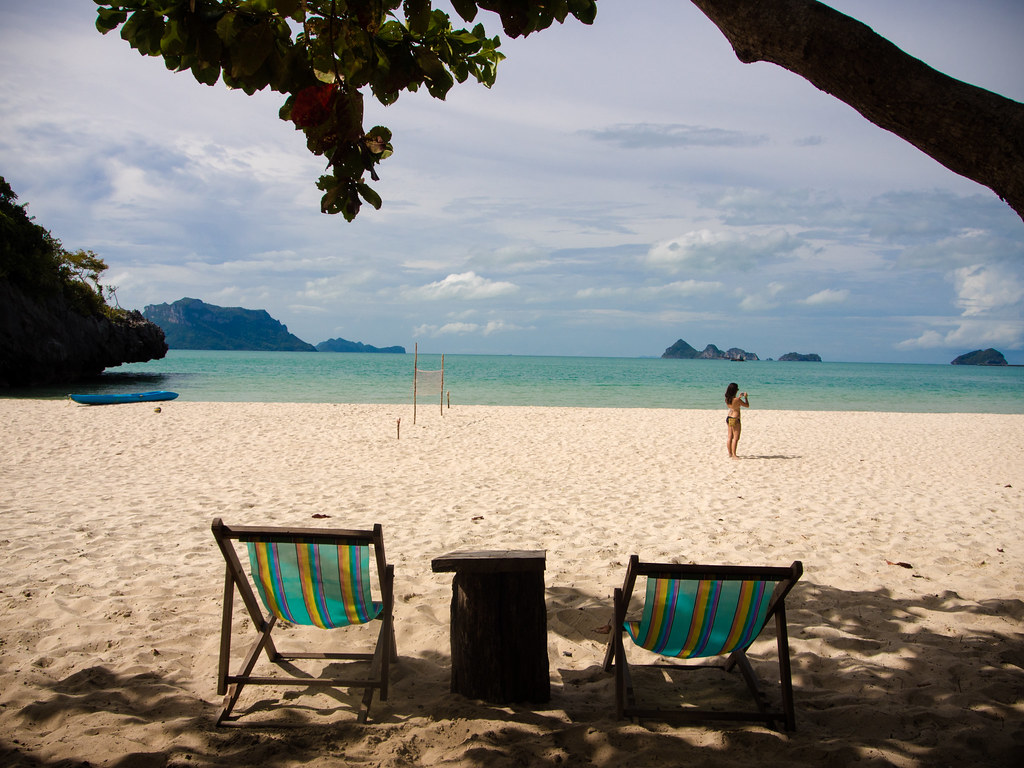 |
| These chairs look nice, right? Well we had to pay a few dollars to use them for the afternoon, so one would hope so. |
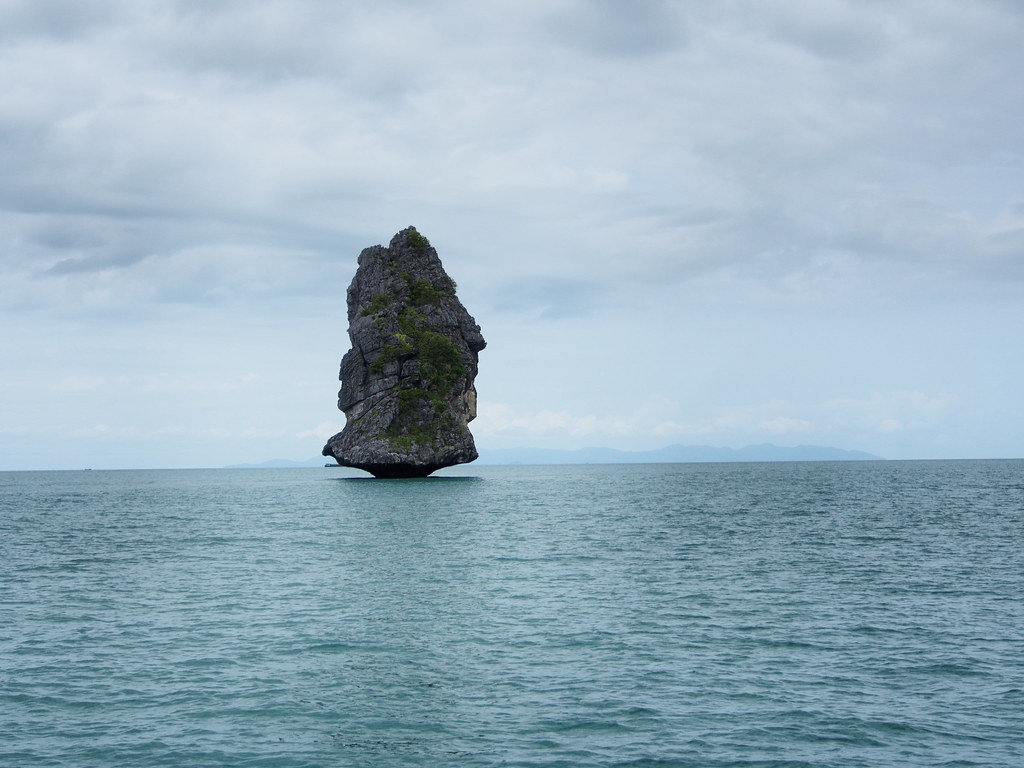 |
| A half-day trip of snorkeling, sightseeing and hiking set us back about $70 per person. Not so bad, but hardly cheap. |
My wallet hurts when I think of my time spent in Australia. The primary reason for the ridiculous costs of visiting Australia can be identified through a glance at a historical currency exchange chart. As one can see below, there was a time in the not too distant past when a US Dollar was worth nearly 1.7 Australian dollars, and for most of the time before that the US Dollar was worth at least 1.25 Australian dollars. I visited Australia during mid-late 2012, where on average one of my dollars was worth about 95 Australian cents. So, right away it's apparent that things were almost twice as expensive when I visited than they had once been simply because of the strength of the Australian dollar.
| Source: XE Currency Chart |
Bearing these two factors in mind, it becomes easier to comprehend how I spent $1200 in a weekend which included a budget 2.5 hour flight, a night in a middling hostel, and 2 nights crammed into the cabin of a catamaran. Granted we were sailing through arguably the most beautiful place in the world, the Whitsunday Islands of the Greater Barrier Reef, but still, it's not as though we were enjoying any particular amenities.
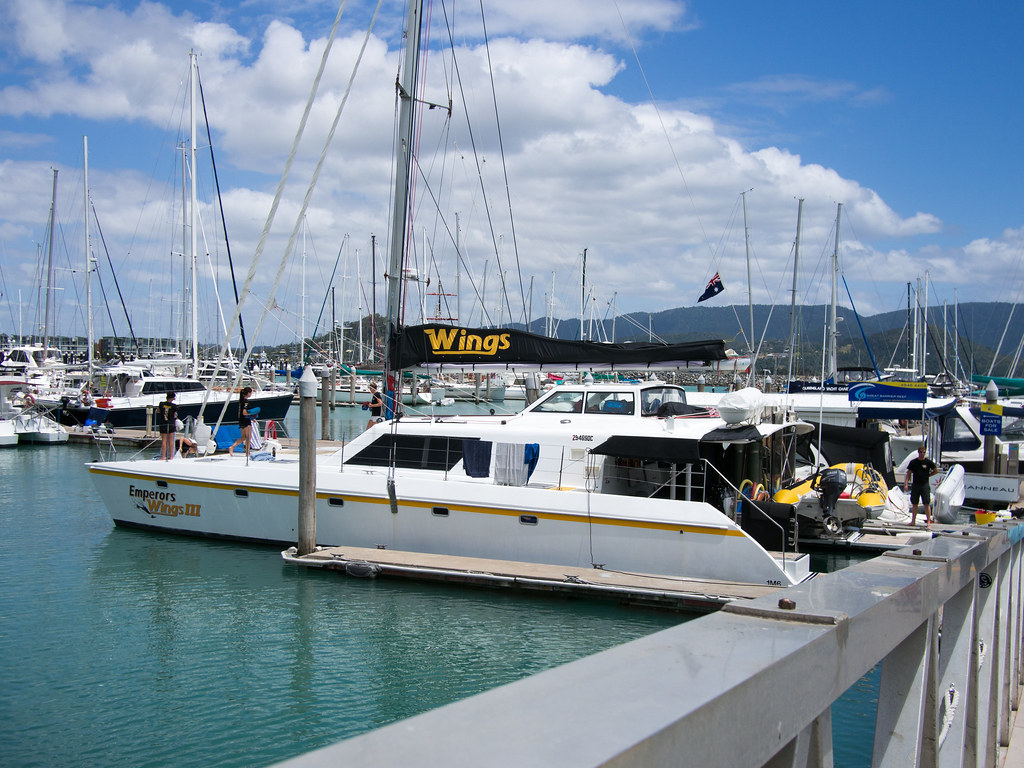 |
| Our Catamaran, Wings. There's beds for 26+4 crew, a kitchen, hot tub, and 3 bathrooms...wondering how it all fits? Me too. |
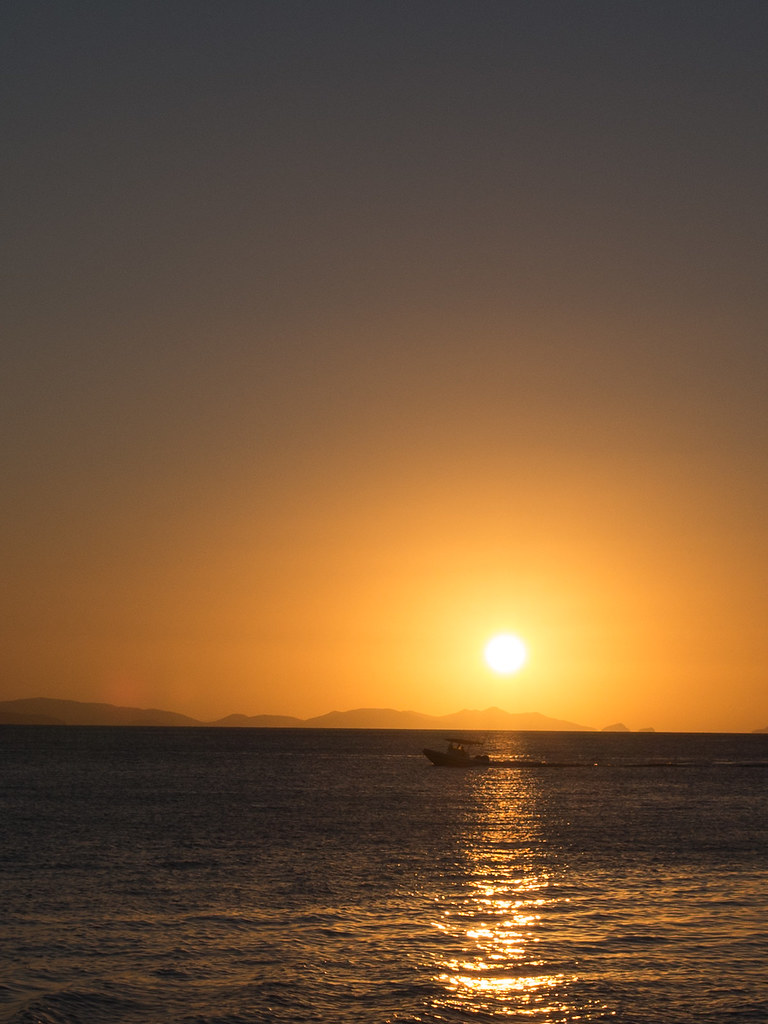 |
| Enjoying a beautiful sunset over the Reef |

